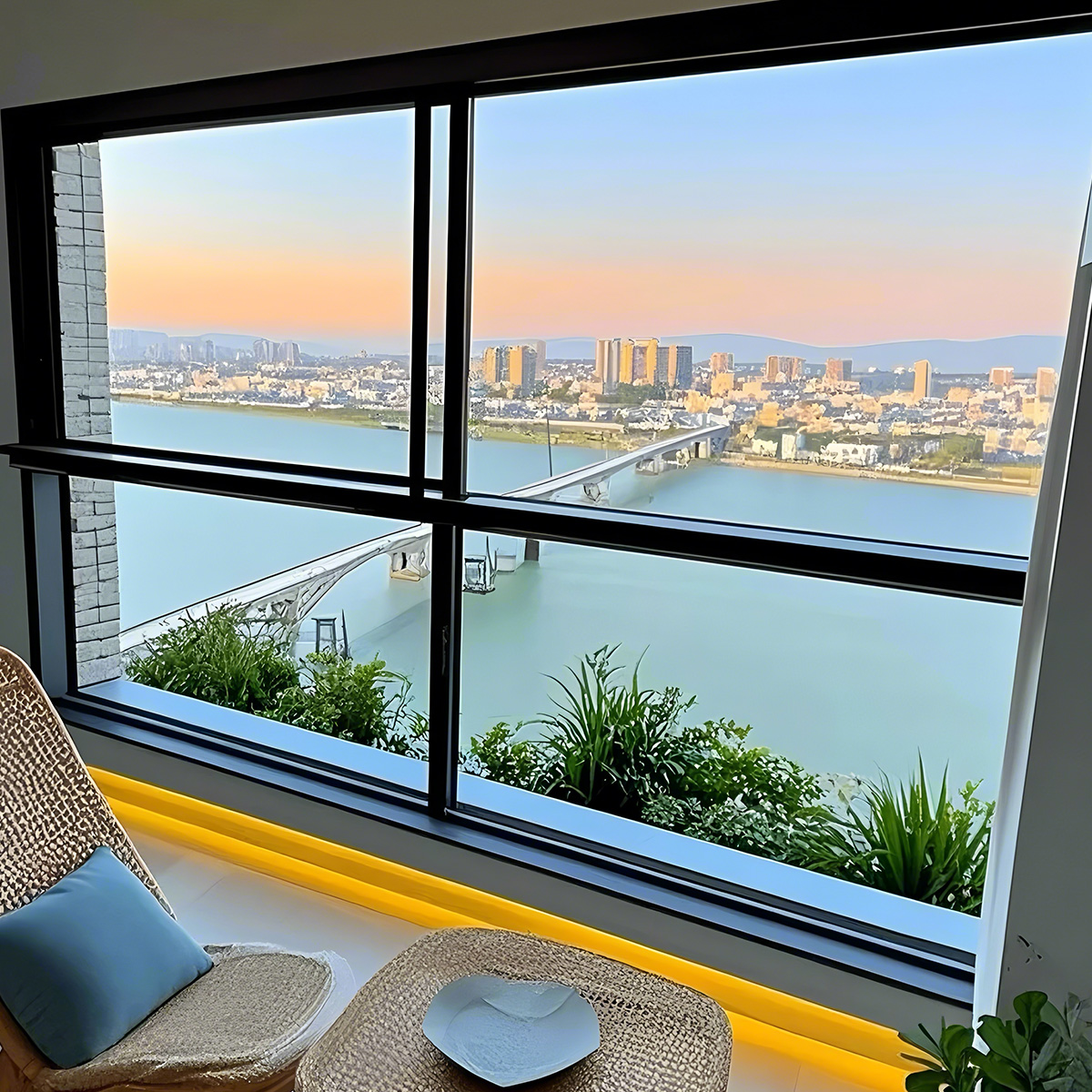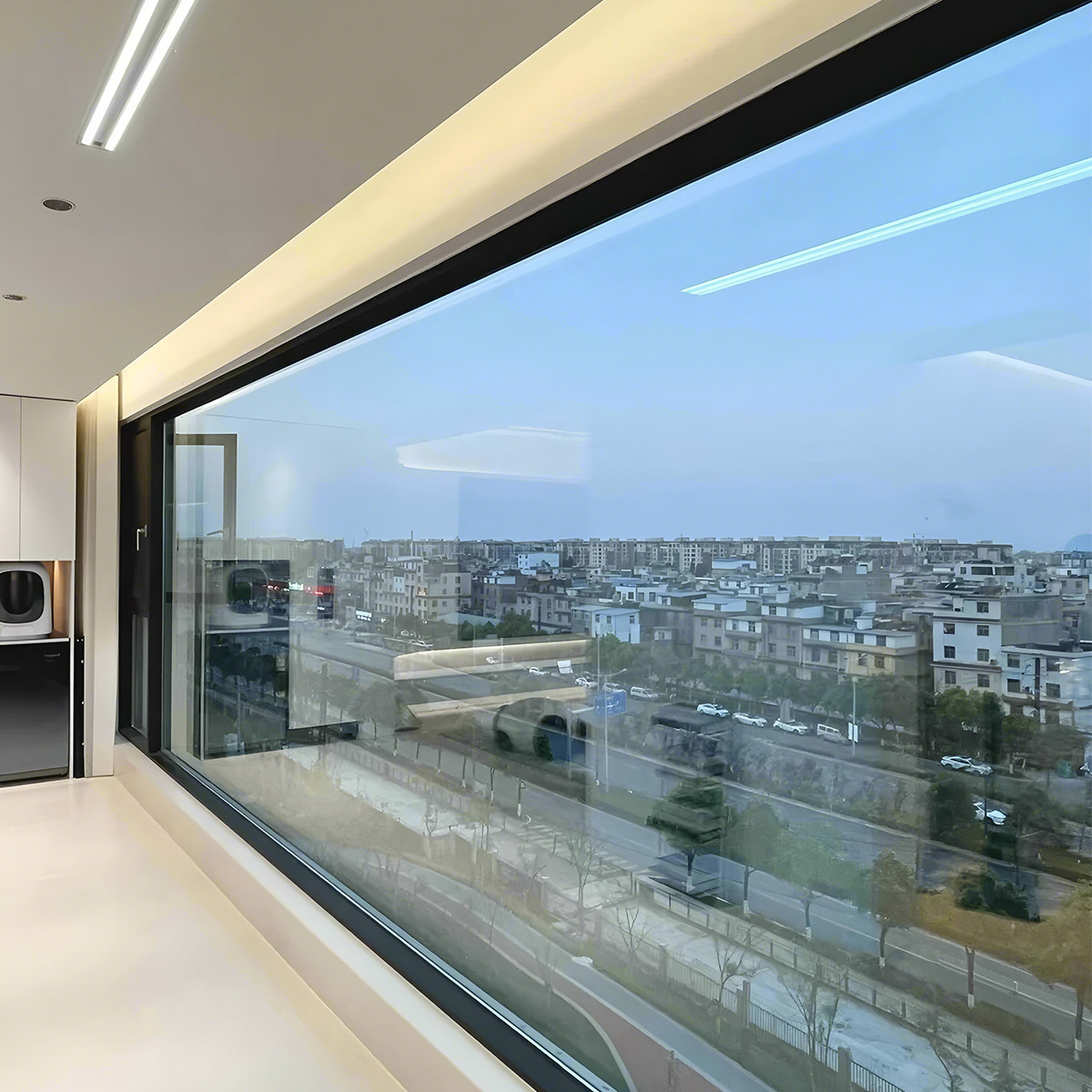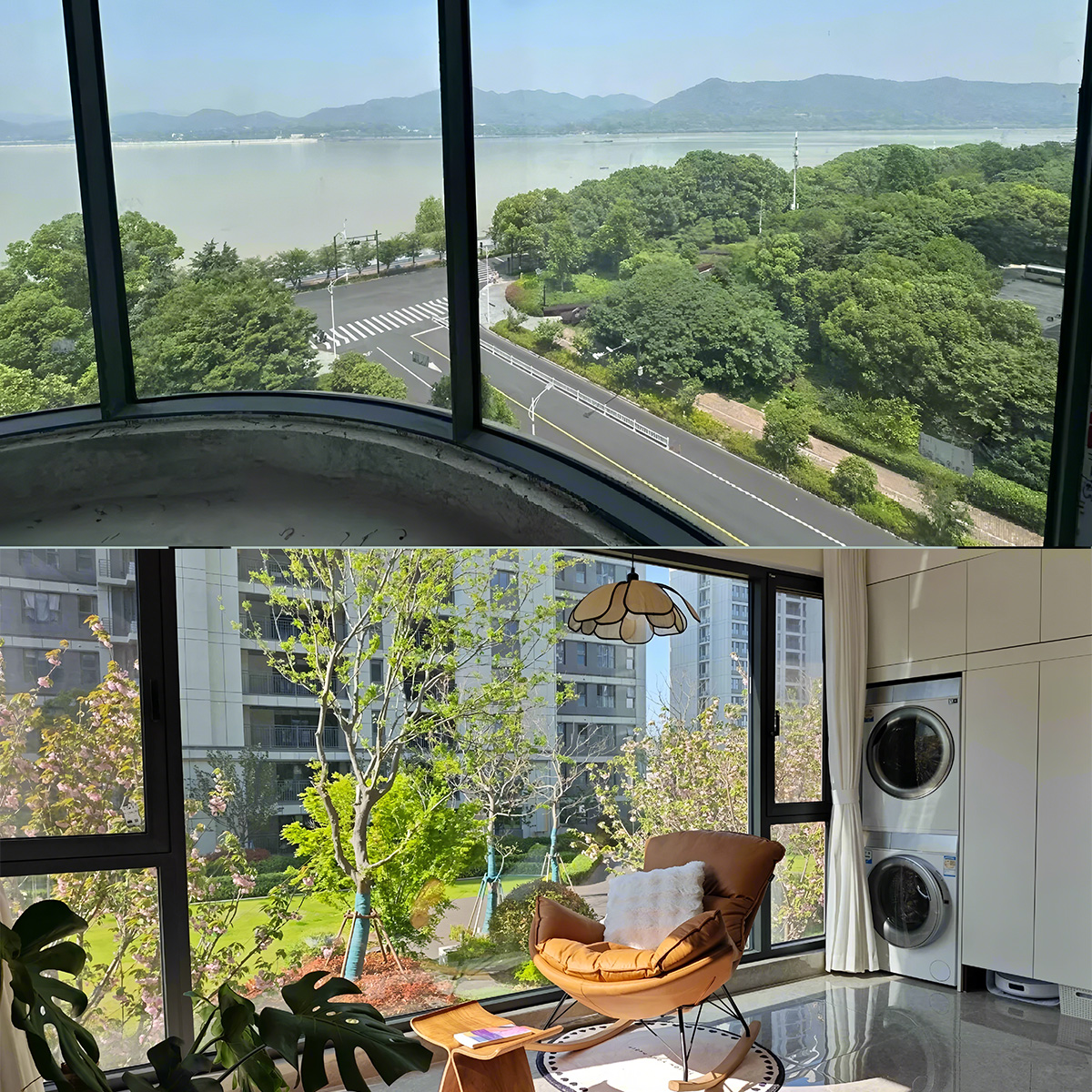From the birth of Low-E glass in the United States in the 1970s to its current status as a landmark material in the field of building energy-saving worldwide, this technological innovation in glass is quietly rewriting the relationship between architecture and the environment. When traditional glass is difficult to balance between energy consumption and comfort, Low-E glass has become a game-changer in the building energy-saving revolution with its disruptive technological breakthroughs, reshaping the sustainable development path of modern architecture.

From laboratories to skyscrapers: the technological evolution of Low-E glass
The birth of Low-E glass stems from a breakthrough in the performance shortcomings of traditional glass. The single-layer ordinary glass used in early buildings was like a "transparent channel" for heat transfer, with high temperatures pouring in in summer and heat loss in winter, resulting in high energy consumption in buildings. Researchers have successfully changed the optical and thermal properties of glass by coating multiple layers of nano-scale metal films on the surface of glass. This coating process has evolved from the initial chemical coating to today's magnetron sputtering technology, and the film structure has been upgraded from a single-layer silver film to a multi-layer composite film, which has increased the energy-saving efficiency of Low-E glass by several times.
Take double-layer hollow Low-E glass as an example, its heat transfer coefficient can be as low as 1.0W/(m²・K), while ordinary hollow glass is about 2.7W/(m²・K). This performance difference means that buildings equipped with Low-E glass can reduce heat loss by more than 30% in winter and block nearly 80% of solar radiation heat in summer. The Sony Center in Berlin, Germany uses a three-layer Low-E glass curtain wall, combined with an intelligent shading system, to reduce building energy consumption by 45% compared with traditional designs, becoming a model for the application of glass energy-saving technology.

Space comfort revolution: the multi-dimensional value of Low-E glass
The significance of Low-E glass is not only energy saving, but also the reconstruction of the relationship between people and space. In high-end residences in Ginza, Tokyo, the high light transmittance and low reflection characteristics of Low-E glass ensure sufficient natural light entering the room while avoiding the glare problem caused by ordinary glass. Residents do not need to frequently use curtains to block out light, and the city view outside the window can be fully presented, significantly improving the transparency and comfort of the indoor space.
Low-E glass also plays a key role in commercial spaces. An office building in Lujiazui, Shanghai, uses double-silver Low-E glass curtain walls. By precisely controlling the visible light transmittance and shading coefficient, it significantly reduces the air conditioning load while maintaining good lighting. Data shows that the building saves more than 2 million yuan in electricity bills each year due to glass energy saving, while reducing carbon emissions by 1,500 tons, achieving a win-win situation in economic and environmental benefits.

Industry standards and technology iterations: the future of Low-E glass
As the global requirements for building energy conservation continue to increase, the technical standards of Low-E glass are also continuously upgraded. The newly promulgated EU Building Energy Efficiency Directive stipulates that the heat transfer coefficient of doors and windows of new buildings after 2027 must be lower than 0.8W/(m²・K), which has prompted companies to develop three-silver or even four-silver Low-E glass to further improve thermal insulation performance. At the same time, the integration of functions such as self-cleaning and electrochromic has enabled Low-E glass to evolve from a single energy-saving material to an intelligent terminal.
In China, the advancement of the "dual carbon" goal has accelerated the popularization of Low-E glass. According to data from the Ministry of Housing and Urban-Rural Development, the proportion of Low-E glass applications in new buildings nationwide in 2023 has reached 68%, an increase of nearly 30 percentage points from five years ago. With the emergence of new products such as photovoltaic Low-E glass and vacuum Low-E glass, future architectural glass will not only be a protective structure, but also a carrier for energy collection and regulation.
From the technological breakthrough of a piece of glass to the green transformation of the entire construction industry, Low-E glass has used its 40-year development history to prove the driving force of scientific and technological innovation for sustainable development. When energy-saving performance and aesthetic value are perfectly integrated on Low-E glass, it not only carries the mission of building energy conservation, but also outlines a future blueprint for the harmonious coexistence of humans and the environment. This revolution triggered by glass is still continuing, and Low-E glass, as a core role, is leading the construction industry towards a greener and smarter tomorrow.








